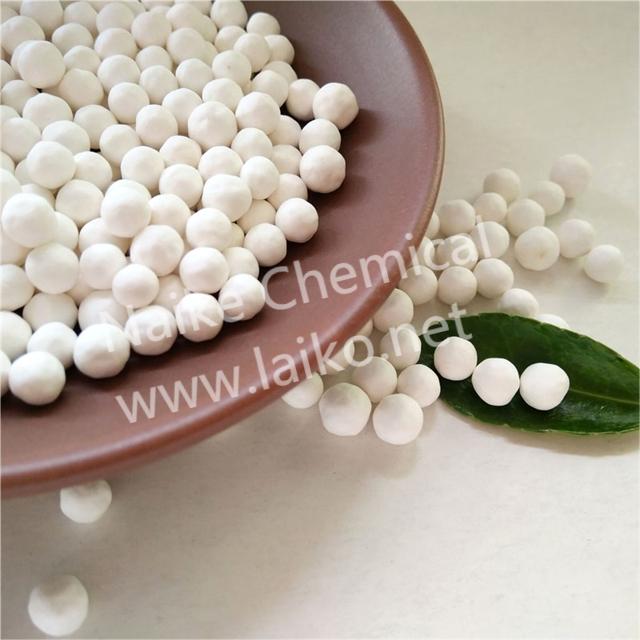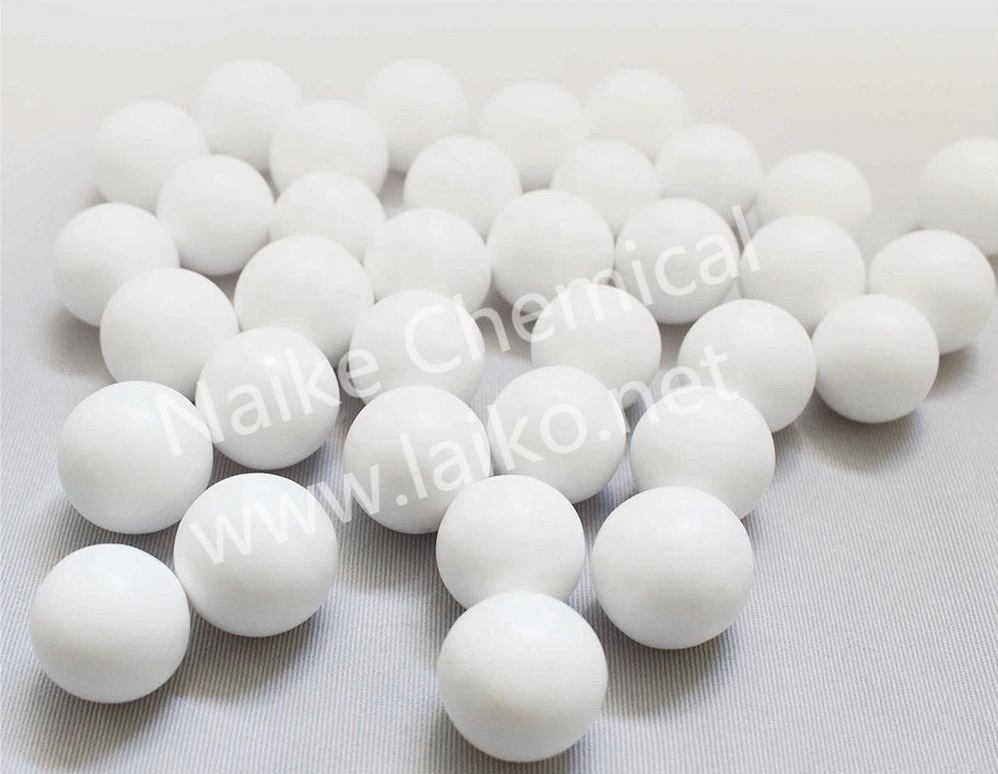Ceramic Balls Uses
What is A Ceramic Ball?
Ceramic balls are used as a covering support material for the catalyst in the reactor and as a tower filler. They are resistant to high temperatures and pressures, have a low water absorption rate and are chemically stable. In addition, ceramic balls can withstand corrosion by acids, alkalis, and other organic solvents, and can withstand temperature changes that occur during the production process. Their main function is to increase the gas or liquid distribution points, and support and protect the active catalysts which are not very strong.
Types of Ceramic Ball
Ceramic balls can be divided into two types according to their use: filler porcelain balls and grinding porcelain balls.

Filler porcelain balls, also known as inert alumina porcelain balls, are widely used in petroleum, chemical, fertilizer, natural gas, and environmental protection industries. As a cover support material for catalysts in reactors and tower fillers, the main role of packed porcelain balls is to increase the gas or liquid distribution points, and support and protect the active catalysts with low strength. According to the different alumina content of , the filler type porcelain balls are divided into common porcelain balls, inert alumina balls, medium alumina balls, high alumina balls, 99 high alumina balls, convex and concave grooved porcelain balls, active porcelain balls, open porcelain balls, , heat storage porcelain balls.

are used in ball mills, jar mills, vibratory mills, and other fine grinding equipment. The grinding type porcelain balls have the advantages of high hardness, high bulk density, and corrosion resistance, and their crushing efficiency and wear resistance are much better than ordinary ball stones or natural pebbles and are widely used in ceramics, glass, enamel, pigment and chemical industries. According to the different alumina content, the grinding type porcelain ball is divided into silicon carbide grinding porcelain ball, microcrystalline medium aluminium grinding porcelain ball, and high aluminium grinding porcelain ball.
Ceramic Balls Uses
According to the types of ceramic balls, also vary.
1. Inert alumina ceramic balls are widely used in petrochemical plants, chemical fiber plants, alkyl benzene plants, aromatic hydrocarbon plants, ethylene plants, natural gas and other devices in hydrocracking devices, refining devices, catalytic reforming devices, isomerization devices as catalyst bed support balls, demethylation and other bottom filling materials. It can also be used as support covering material and tower filler for catalysts, molecular sieves, desiccants, etc. in reactors. Its main role is to increase the gas or liquid distribution point, and support and protect the low-strength active catalyst.
2. are widely used in petroleum cracking gas, deep drying of ethylene and propylene gas, hydrogen production, air separation devices, instrument air dryers, etc. Hydrogen peroxide with fluorine treatment can also remove hydrogen sulfide, sulfur dioxide, hydrogen fluoride, hydrocarbons, and other pollutants in the waste gas, especially suitable for the defluorination of fluoridated water.
3. Small ceramic grinding balls are widely used in various ball mills as grinding media.
4. Heat storage balls are widely used in high and low-temperature conversion furnaces, reformers, hydrogenators, desulphurization tanks, and cargo machines in chemical fertilizer plants to disperse gas and liquid, support, and cover, and protect catalysts. It can also be used for hot air furnaces and heat supply conversion equipment in the steel industry.
5. Water treatment filtering ceramic balls use ceramic micropores and natural minerals to filter impurities in water and increase the minerals in the water.




